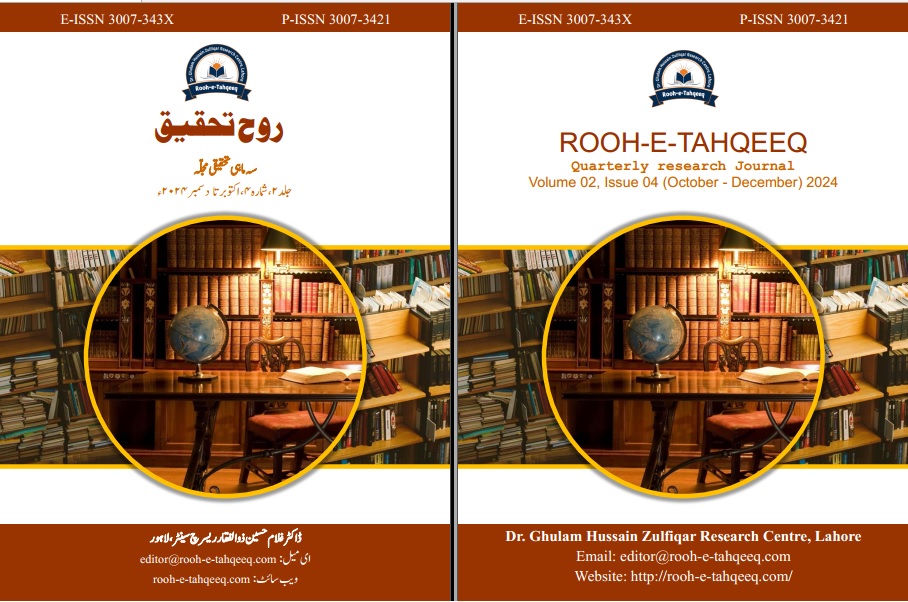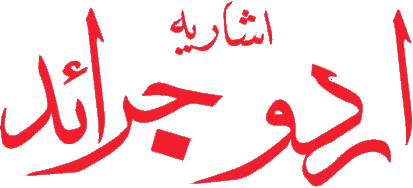Sacred Dialogues: Intertextual and Semiotic Explorations of Mystical Imagery in Persian Sufi Poetry
Keywords:
Persian, Sufi poetry, mystical imagery, intertextuality, semiotics, Jalal al-Din Rumi,Abstract
Persian Sufi poetry is one of the richest literary and mystical traditions in world literature and a vehicle for spiritual expression and philosophical inquiry. The purpose of this study is to elucidate the evolution of mystical imagery in Persian Sufi poetry through the viewpoints of intertextuality and semiotics and to analyze how the pattern of communication between poets is established through their continuous literary dialogue, namely the poets: Farid al-Din Attar and Jalal al-Din Rumi, and Hafez. How Persian Sufi poets reinterpret, adapt, and even subvert such mystical symbols central to Sufi literary tradition as wine, the beloved, the tavern and the nightingale over different historical and cultural contexts is examined.This research integrates the theories of Mikhail Bakhtin (1981), Julia Kristeva (1980), and Gérard Genette (1982) on intertextuality and certain very useful semiotic theories of Ferdinand de Saussure (1916), Roland Barthes (1977), and Umberto Eco (1989) in an interdisciplinary approach to analyze how these mystical symbols have been transformed. In using qualitative literary analysis, i.e. close reading, intertextual mapping and semiotic interpretation, this study charts the evolution, reworking and challenge of mystical themes among multiple poets and over different periods. This finding of the study is that Persian Sufi poetry is inherently dialogic and adaptive and later poets used earlier poems to reinforce, modify, or subvert mystical symbols. The Sufi poetry of Attar, Rumi, and Hafez manifests its use of textual references within the evolving relationship of allusions to older Sufi and other texts. Historically, economically, and socio politically ranging from Mongol invasions, Safavid religious policies, to modern global interpretation of Sufism that led to these poetic reinterpretations, are also marked in the study.By providing an intertextual and semiotic analysis, this research makes a significant contribution to Persian literary studies and Islamic mystical thought as well as to the discipline of comparative literature at large. And, it can provide us with ideas about how Persian Sufi poetry works as a dynamic system of meaningful changes, a system that allows the poetry to remain relevant, to assist us in today’s spiritual, literary, and philosophical discussions. The study also prompts future research on comparative mysticism, the place of the digital humanities in the intertextuality mapping and the contemporary reception of Sufi poetry as reflected in the Persian and global literary imaginary.















